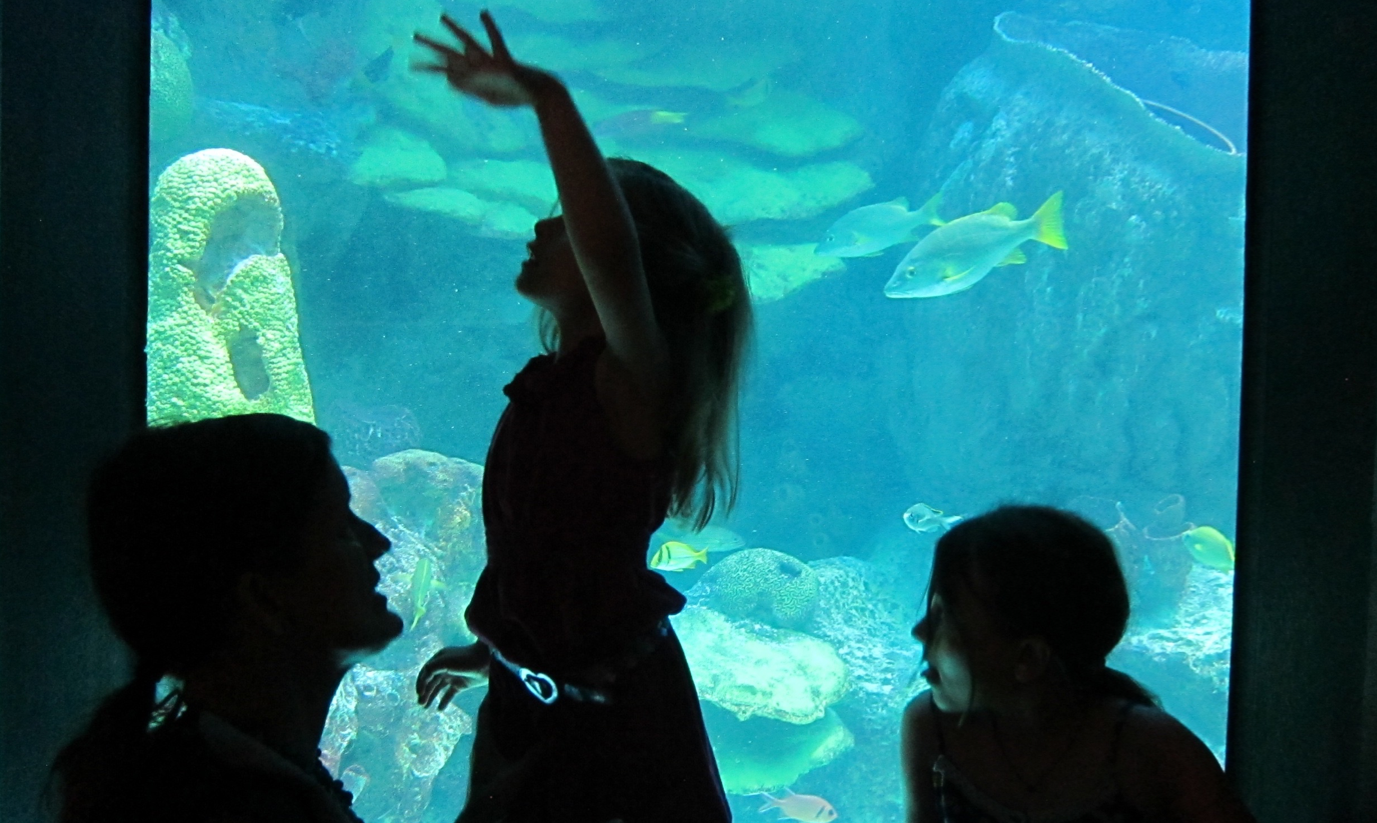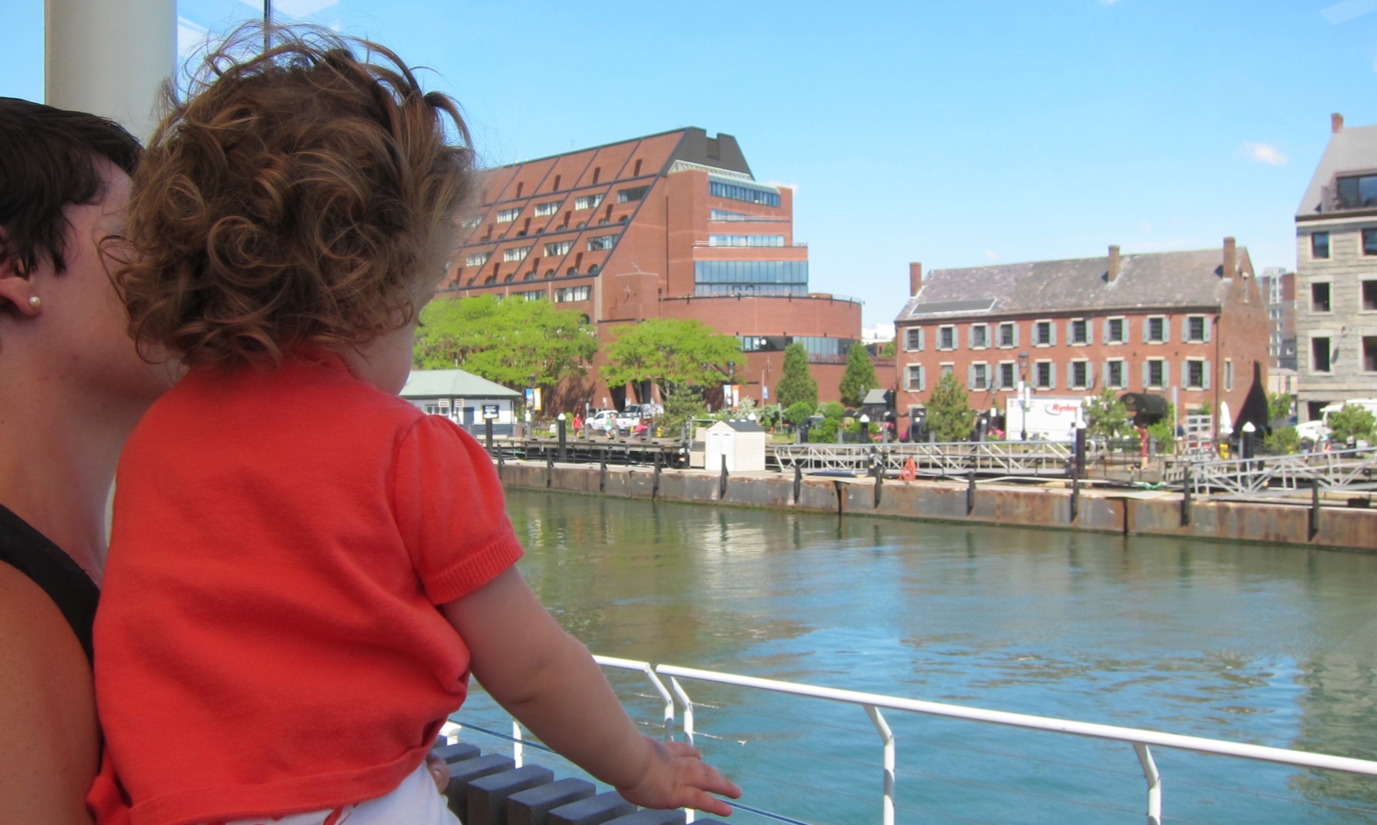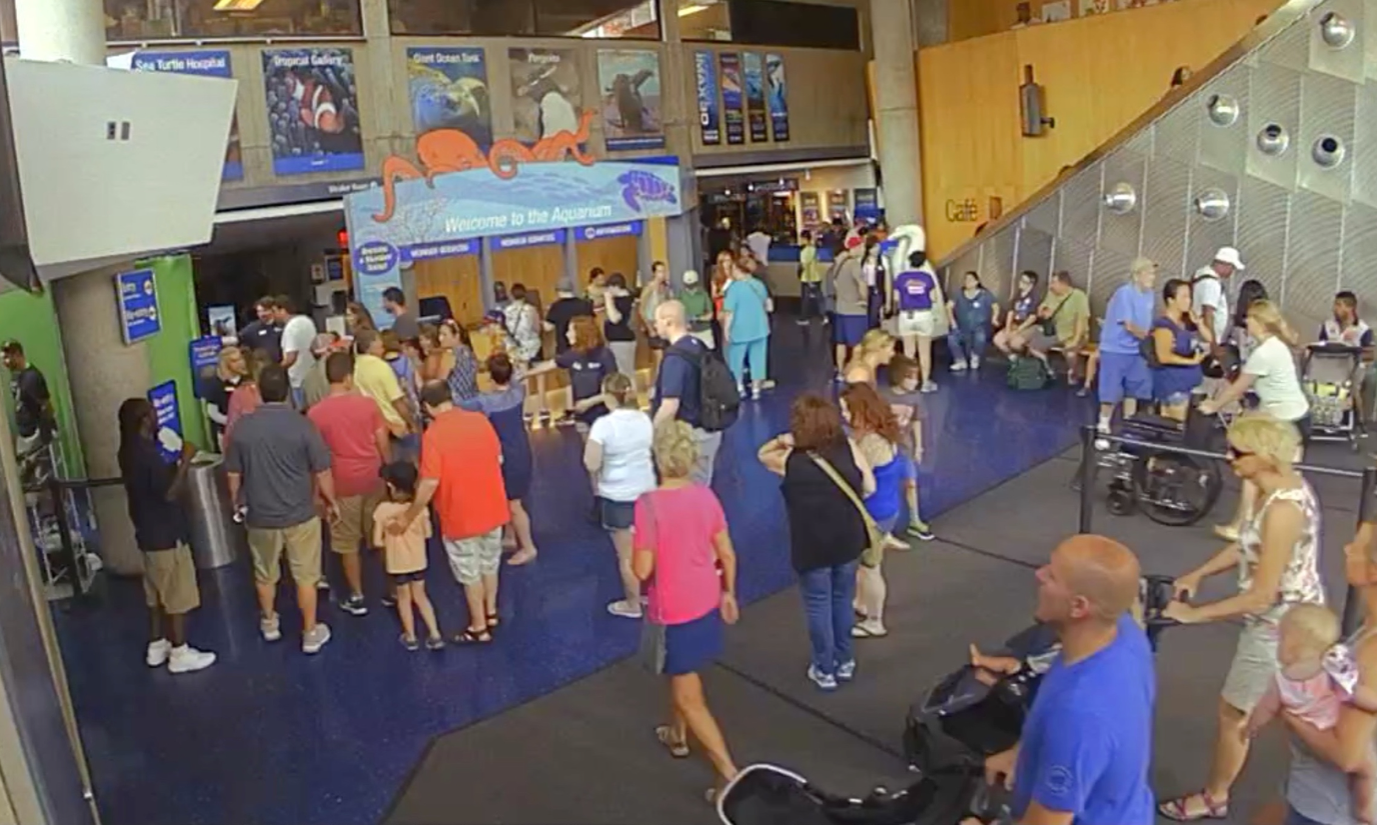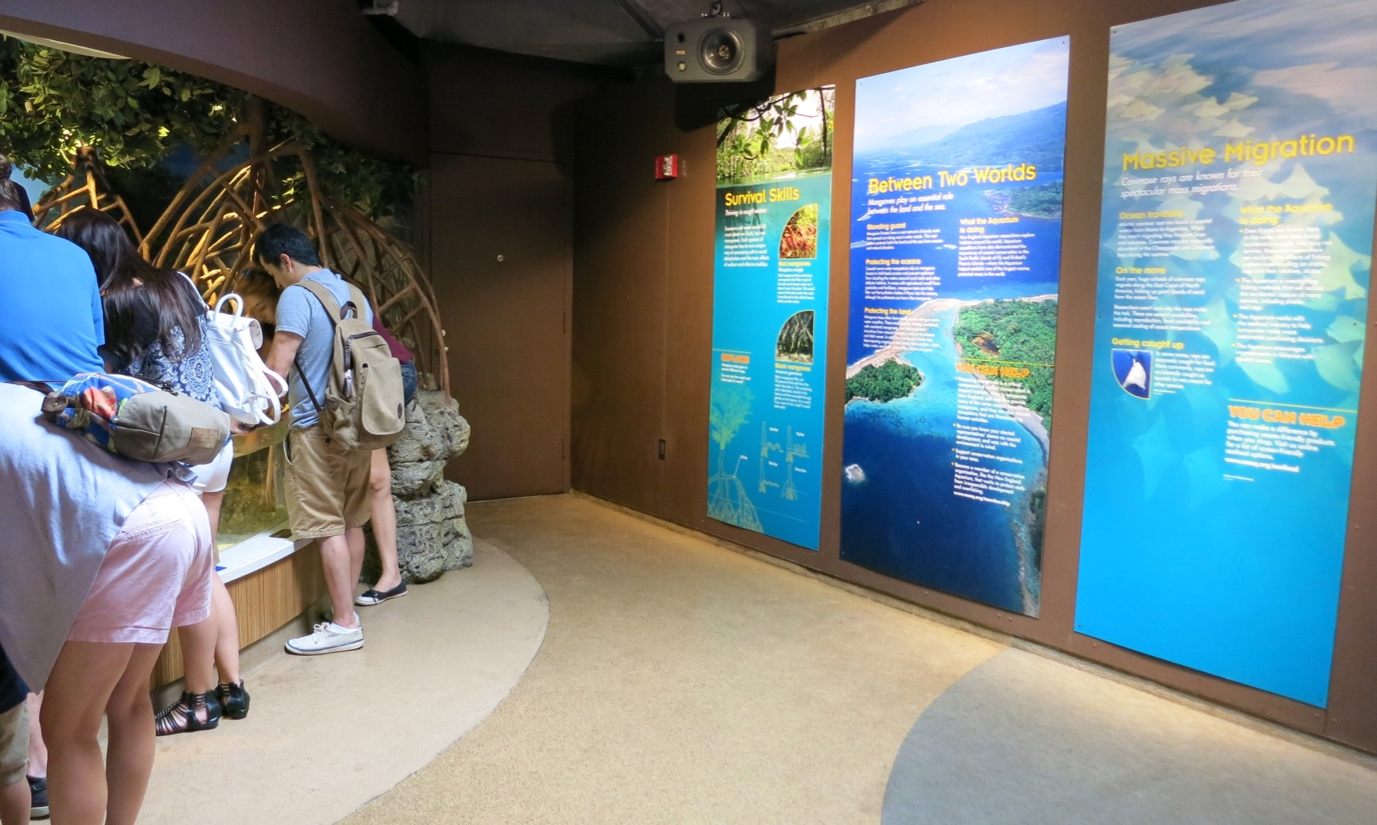Challenge
New England Aquarium: Ideal Visitor Experience
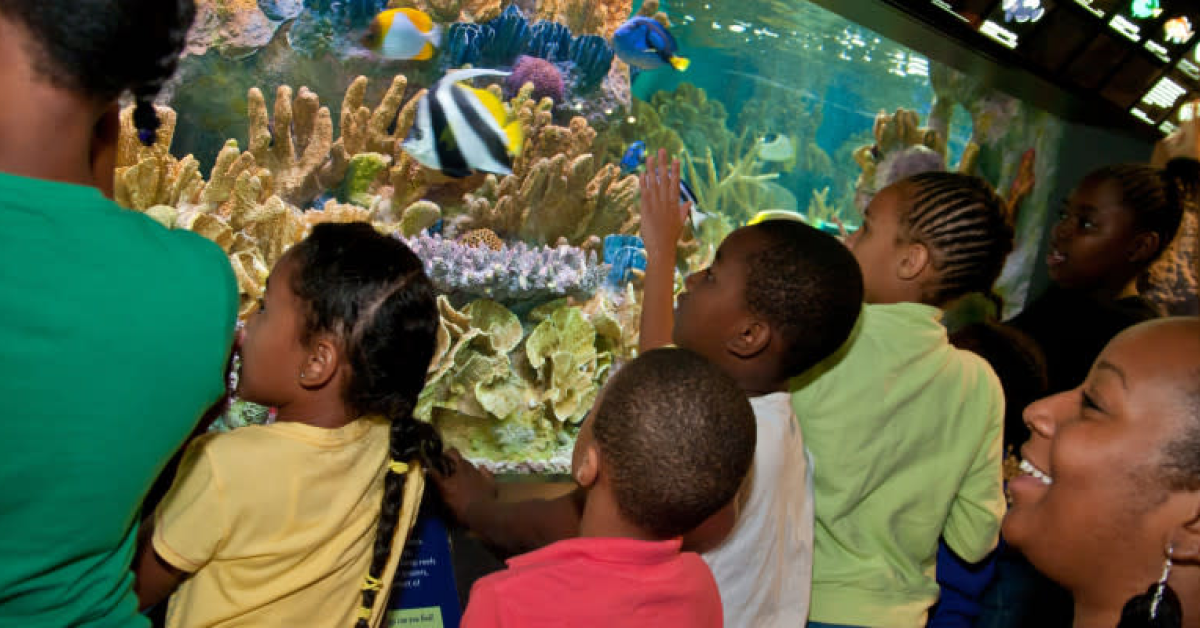
PROJECT
CLIENT
SERVICE
- CX+
INDUSTRY
- Travel & Hospitality
In order to position the New England Aquarium as a hub of community engagement, the Aquarium asked Continuum to help envision the ideal visitor journey.
Changes were coming to the Central Wharf area of the City of Boston. The New England Aquarium saw local redevelopment efforts as a chance to improve their understanding of how their space could provide future guests with better experiences. As part of a broader initiative to position the New England Aquarium as the hub of community engagement, the Aquarium asked Continuum to help envision the ideal visitor journey.
Through family tagalongs and employee discussions, we wanted to learn how the Aquarium lives in the hearts and minds of visitors, and how this feedback could influence future customer experiences and support of a broader architectural and urban master plan.
Solution
Designing for Memory
Designing for Memory
The ideal visitor experience is as much a journey of learning as it is a physical path. And while visitors share much in common, what inspires each individual is unique. This means there can be no single “ideal” but instead countless directions to follow. In our work, we created the context and environment for individuals to explore and discover on their own terms. Designing for memory means shifting from telling visitors everything, to crafting moments that stay with them. By weaving the notion of exploration and discovery into every touchpoint, we developed a cohesive experience that’s assembled by each visitor.
Future Vision
Future Vision
Our ideal future vision for the New England Aquarium was intended to serve as an experiential framework—or guard rails—for creative and educational execution over the next five to ten years. The intention was that every exhibit or venue and every potential revenue stream that the Aquarium considers in the future can be guided by the objectives of the experiential master plan.
RESULTS
A Total Visitor Experience
The New England Aquarium, in partnership with Continuum and their architectural design and urban planning teams, used our recommendations to help inform a holistic vision for the future visitor experience and an approach to addressing the opportunities presented by the growth of the Boston Waterfront. Billy Spitzer, the Vice President of Programs, Exhibits, and Planning, told us that he was able to “better understand the needs and interests of today’s aquarium visitor, and the Continuum team helped us to explore innovative ways to redefine and improve our visitor experience in the future.”
